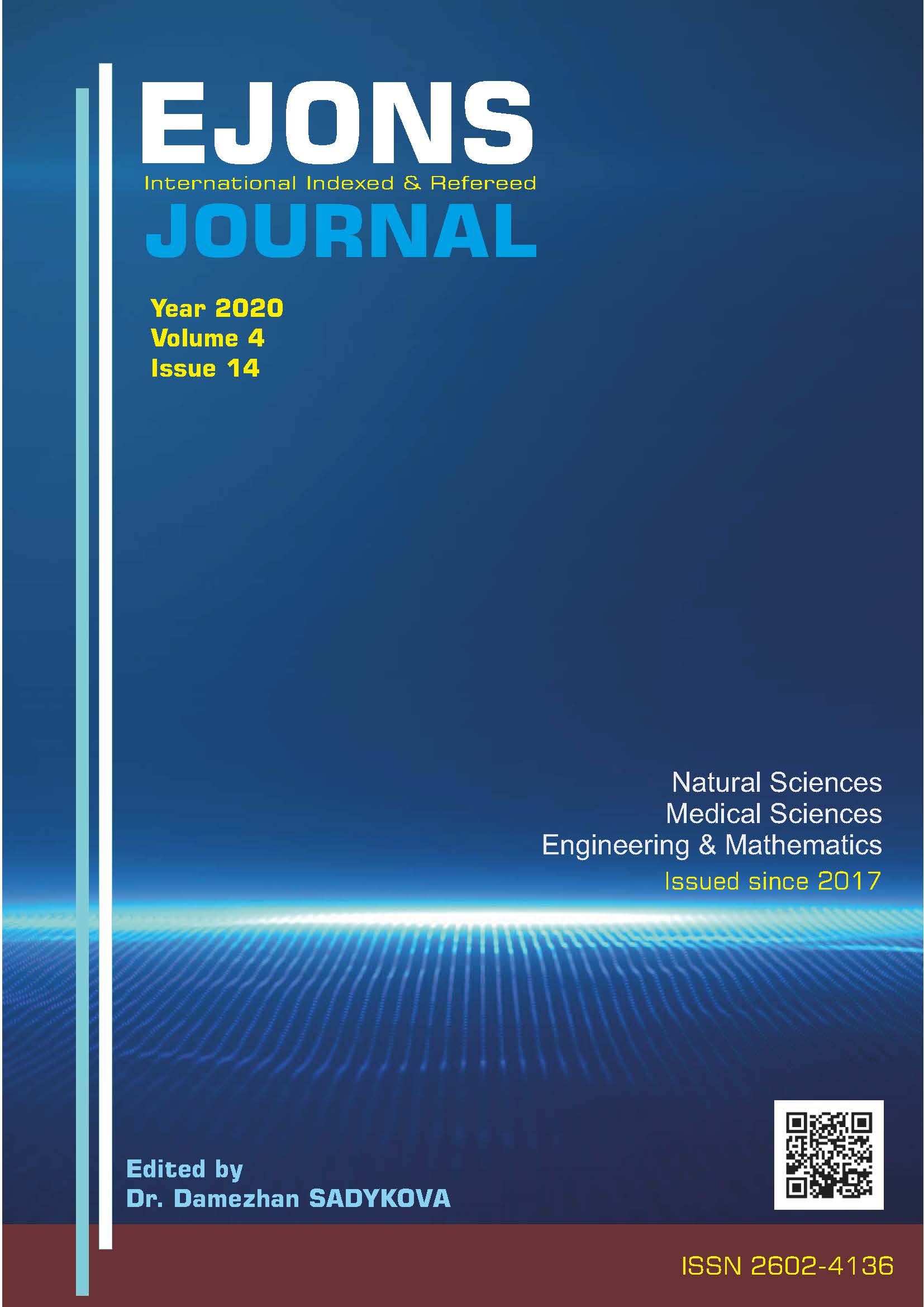A COMPARISON OF DIFFERENT SIZED CARROT (DAUCUS CAROTA L.) PRODUCING ENTERPRISES REGARDING SOCIO-ECONOMIC AND CAPITAL STRUCTURES, AGRICULTURAL TECHNIQUES, AND ATTITUDES OF FARMERS IN TURKEY: A CASE STUDY FROM HATAY PROVINCE
DOI:
https://doi.org/10.38063/ejons.239Keywords:
Carrot production, Socio-economic structure, Capital, Farmer’s attitudeAbstract
Hatay province is a major producer of carrots (Daucus carota L.) ranking as the third in the Turkey. Therefore, the main objective of this study was to examine the agrarian techniques, attitudes of farmers, socio-economic and technical structures of carrot producing enterprises in Hatay. The enterprises were divided into three groups according to production lands. The average labor force, size of the cultivation area, annual carrot production, total production costs and sales revenues were calculated as 3.36-man workforce units, 8.253 ha, 262.2 tons, 14.911 and 28.859 US$ in all groups, respectively. As the production area expanded within the enterprises, the years of carrot production also extended. Sixty percent of the carrot farmers benefited from the other experienced carrot producers. All carrot producing enterprises in the first, 92.30% in the second and 78.60% in the third groups received fertilizer and diesel subsidies. The average record-keeping rate was 46.23% in all groups. The average amount of seed used per hectare was 3.198 kg. Eighty six percent of farmers were not members of any organization. The results showed that enterprises should be subsidized so that they could be increased production, improved their market share and decreased input costs. Farmers were encouraged to unite under farmers’ organizations. Marketing channels should be created to ensure that carrots were delivered directly to consumers thus increasing the revenues of producers.
Downloads
Published
How to Cite
Issue
Section
License

This work is licensed under a Creative Commons Attribution-NonCommercial 4.0 International License.


